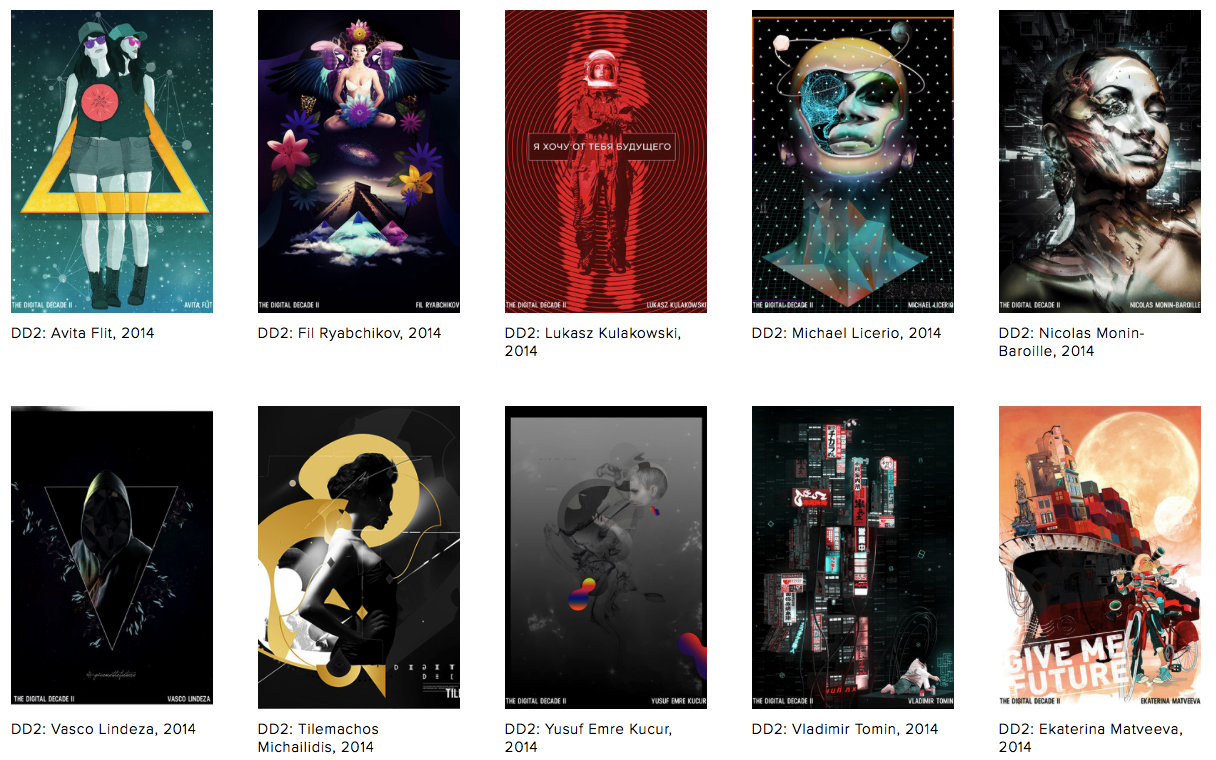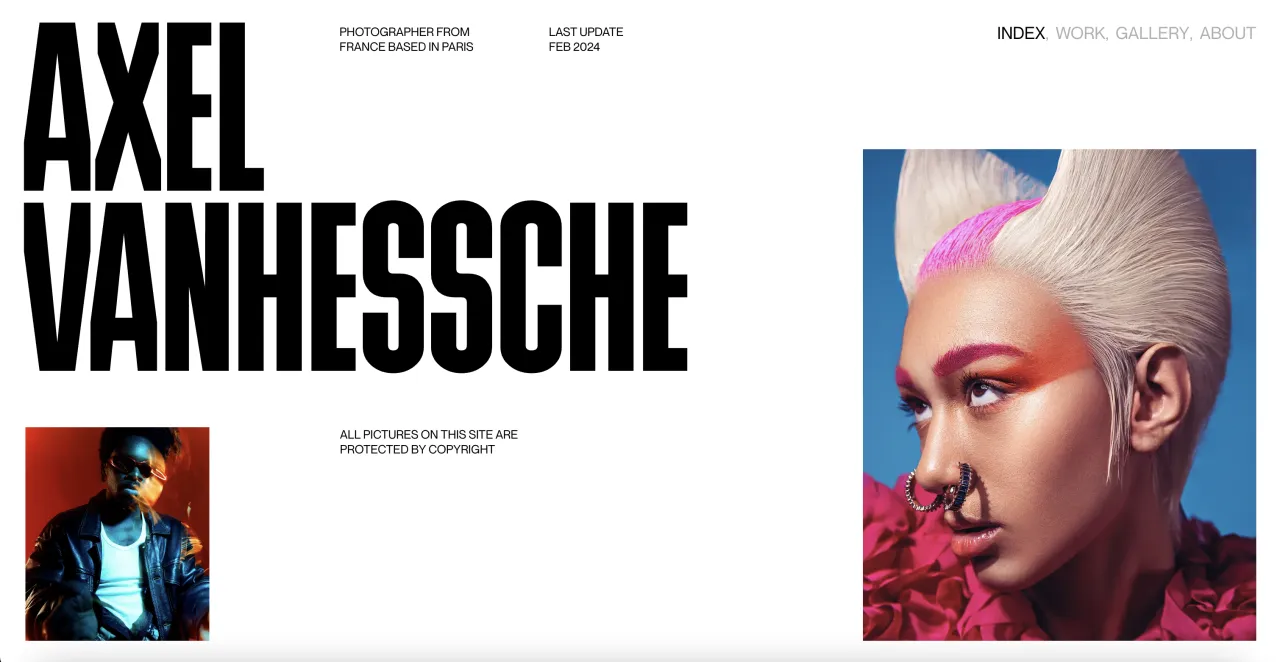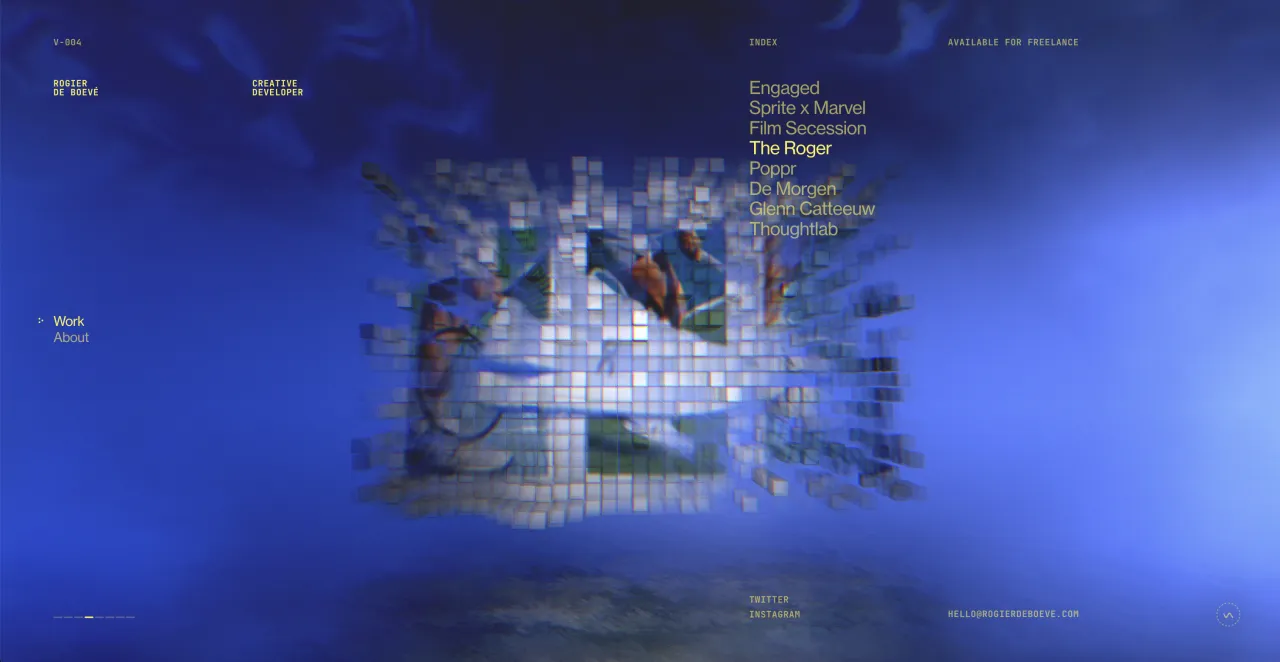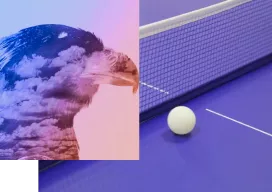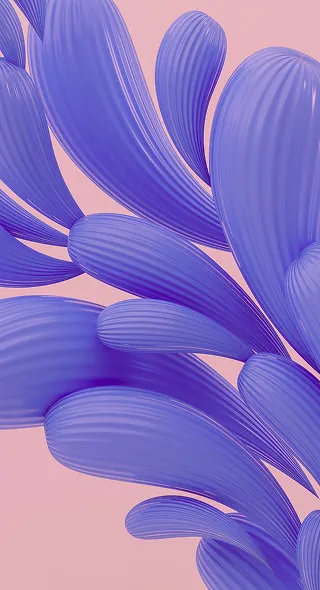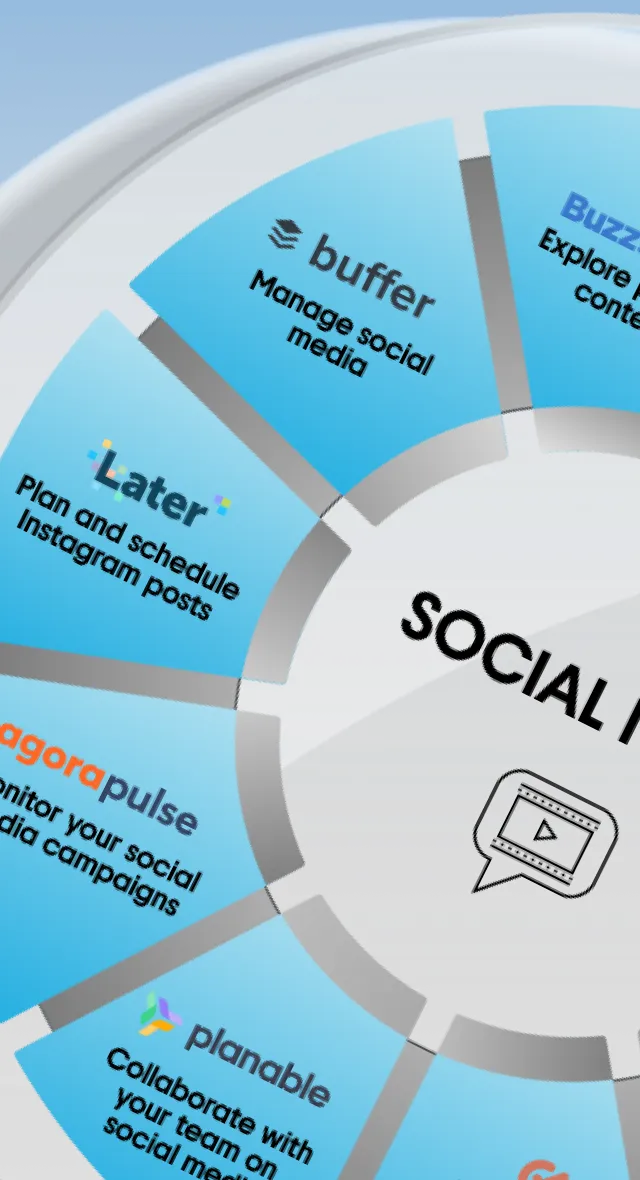DIGITAL DECADE II x OFFF on Tour
For the second time, Arseny Vesnin — founder and digital curator of Designcollector Network, baked by the OFFF Festival sets up the creative competition and together with Depositphotos delivers an exhibition in Saint Petersburg during “OFFF on Tour” debut festival in Russia. The exhibition was the result of the contest that invited artists to reflect on the near-future topics like Artificial Intellect, Cyber Landscapes and Human Being. The prominent jury board selected 15 artworks from 50 submissions to represent the “Digital Decade” during OFFF SPB event. During the event, visitors were able to immerse into the electronic arts by entering our exposition through Virtual Reality supported by Indee Interactive.
We are excited to introduce the professionals who have kindly agree to be the jury members of Digital Decade II.
What do you think of the future of digital imagery?
20 years ago we used to create images with Polaroid cameras and draw vector images in the first version of Corel; ten years ago we were already able to create websites using FrontPage. Today it’s even possible to make a website using your mobile phone and to print objects with 3D printers. What is our future going to be like?
Marius: I have always been interested in the interplay between art, design and technology. Ever since we started designing experiences, products or art, we have been disappointed with the results to a certain degree. This dissatisfaction and will to push things forward is what lets us do so much more with digital imagery. I see technology as a tool to enrich our lives. We as artists and designers continue to elaborate on technology and most importantly the experiences we can now have with its advantages. And since technology is a tool, it can only enrich what we create with it.
I think digital imagery creation will become more and more “human” and natural.I think in the future, technology will be more and more about connectivity, and we will be able to use all that data that we gather through technology to create even more beautiful and incredible work.
Hector: For me, there’s no such thing as digital imagery. Imagery is pure creativity.
Why have you decided to devote yourself to digital technologies?
Hector: I have never devoted myself to digital technologies. In fact, I never devote myself to something specific since that’s a dull thing to do. I was able, and still am, to coexist with all these innovative creations and use them for my own good, and to feed my own creativity.
Marius: Ever since I started working with digital technology I was fascinated by it’s adaptiveness. Whether you are interested in pushing the boundaries of the endurance of your favorite game’s own avatar or want to achieve impossible artwork or design with your tools. You dig deeper and deeper and immediately alter and improve the outcome of your work. I just love this feeling of flow and discovery I get from working with digital technology. It’s such a beautiful conjunction of work and play.
Claudio: It really wasn’t a conscious decision; I’ve always been a gamer. When I first got internet at home I remember playing some games, tinkering a little bit and suddenly feeling amazed when I realized I could actually create content for it. Before the internet I drew comics and published my own magazine in high school (good old quarkXpress); the internet made me faster and better. I’m still amazed when someone interacts with my work, and I find working in a digital environment the best way to achieve that.
Have you been so very creative since childhood?
Sara: I think I was actually more creative as a child. I think many of us are. Or maybe not more creative; maybe just more uninhibited. I still look at things I wrote or drew as I kid and get jealous of my former self. My favorite artist right now is five years old. His dad wheatpastes his art all around the world.
Claudio: I don’t consider myself any more creative than anyone else. As a young kid I enjoyed drawing a lot. During the ’80s, Spain played tons of Japanese anime on regular TV and I got hooked. During school I had a thing for drawing gory “unpleasant scenes,” that apparently got my parents really worried, but went away in few years. I don’t believe in creativity per se, but I do believe in being consistent and persistent. In that sense I was lucky I had the opportunity to get bored a lot when I was younger.
Who was your mentor or role model? Do you recall any particular person who inspired you?
Claudio: I have had many mentors and role models that have changed throughout the years. In the interactive industry I can mention all-time classics like Arnaud Mercier, Eric Jordan, Shane Mielke, Josh Rhode or the work of Bascule, Yugo or Takashi Kamada as longtime influences. More recently, I’ve always liked the work of Academy, Uzik and have enjoyed working with great, talented people like David Enzgell, Anton Repponen, Riccardo Giraldi and David Martin.
What are the pros of digital art in comparison with traditional art and photography?
Sara: I love the ability to rapidly prototype, create sketches quickly—experiment on screen before committing and spending lots of time executing. With that said, digital is a tool like any other and it should not eclipse any other tools. It is however a very powerful tool, and it’s not surprising that so many traditional artists have picked it up. I also tell fine art students if they need to learn one thing to prepare for their careers after university, learn Photoshop.
Claudio: None. Different platforms produce different results. Back in the early days of photography there was a similar concern about photography replacing traditional painting or being “better” just because it captured the real world with more fidelity. Traditional painting was deeply influenced by photography and evolved from photorealistic to abstract and all the -isms.
Digital art has already challenged traditional art and photography, fading the perception of what’s real or not; sometimes it’s hard to determine how a piece of art was created, and that’s a good thing and where the magic is. The platform or method of creation doesn’t matter; what matters is what makes you feel.
Hector: I don’t believe in “categorizing” art. For me, art is art, there’s no such thing as “traditional” or “digital”; therefore there are no pros and cons. What matters is what you are capable of doing with what you have to achieve your goals by using your creativity.
Do you believe that art can become totally digital?
Marius: While I worked with Microsoft on the key visuals for its latest version of Windows, one goal was to create an authentically digital artwork. You can see some of the progress on http://www.theverge.com/2013/1/4/3835160/windows-8-designer-reveals-early-startscreen-and-lockscreen-concepts and http://www.designmadeingermany.de/2011/54916/.
I personally always worked on a screen from the beginning. Though I think that our aspirations and achievements as artists and designers brought us to where we are today; that you are able to compose a song on your mobile or 3D print a sculpture with a printer that is just the pen in your hand. In the end, technology is our tool and we are the ones turning it into art.
Hector: No, art represents you. It’s coming from YOU, YOU create it, YOU come up with the ideas and YOU achieve it.
